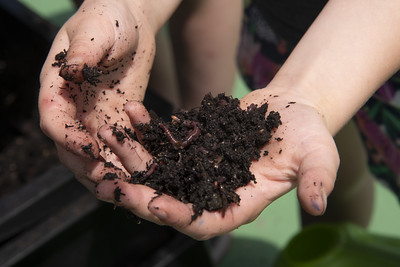
Vermicomposting
Students create a worm bin which will serve as a basis for investigations about ecosystems, life and nutrient cycles, and decomposition.
The National Agricultural Literacy Curriculum Matrix is a free database of standards-based lesson plans and resources for K-12 educators that use agriculture as a lens for teaching science, social studies, career and technical education, and nutrition.

Students create a worm bin which will serve as a basis for investigations about ecosystems, life and nutrient cycles, and decomposition.
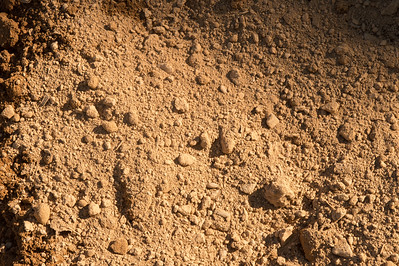
Students investigate soil texture and determine the texture of several soil samples.
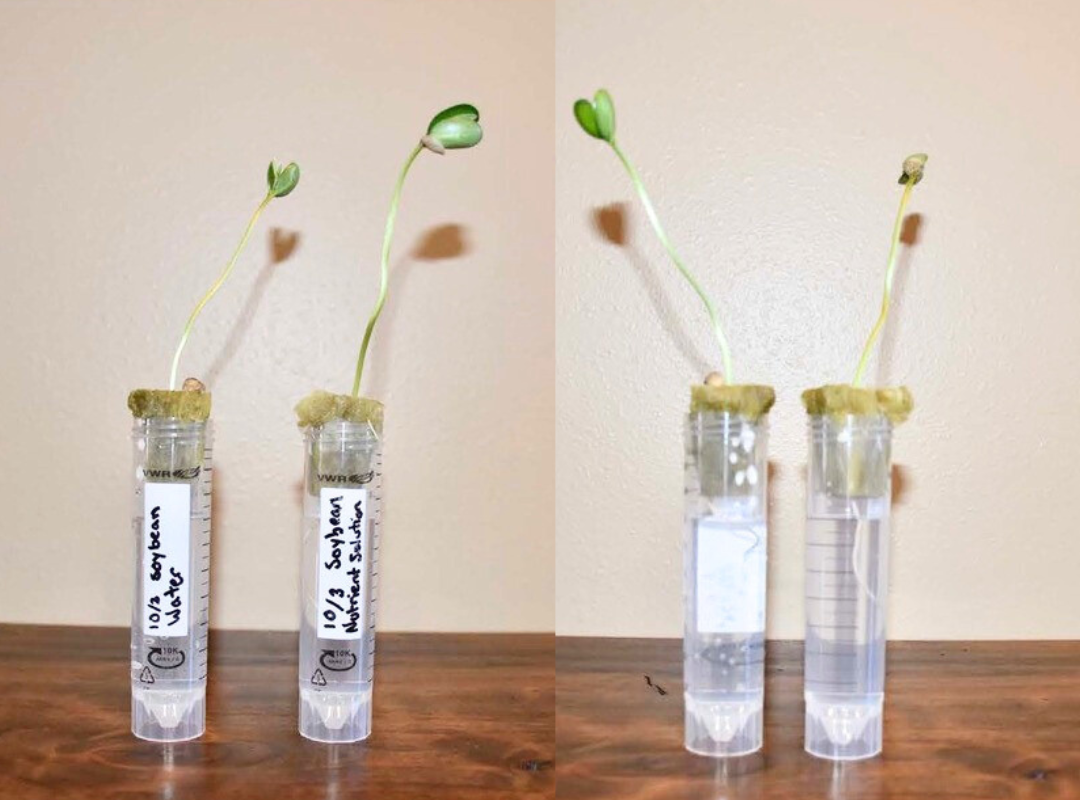
Investigate the importance of nutrients to support plant growth and discover how plants grow without soil by growing and observing plants in a test tube hydroponic system.

Students will understand how photoperiodism impacts plants and animals in the environment and learn how egg farms use this science to manage the laying of eggs by their hens.
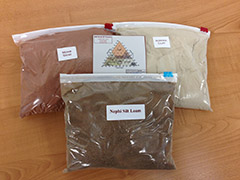
This is a great kit for teaching students about soil textures. The kit includes two cups of sand, two cups of silt, and two cups clay. All of the soil samples are from the state of Utah and are representative of the Intermountain Region, although the mineral content may be different, the particle sizes are true to soil texture type and can be used by other states for demonstration purposes. Order this kit online from agclassroomstore.com.
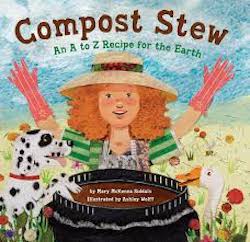
From apple cores to zinnia heads, readers will discover the best ingredients for a successful compost pile. How do you start a compost pile? What's safe to include? This book provides the answers.
Students investigate the sources of different foods and examine the importance of eating a variety of nutritious foods.
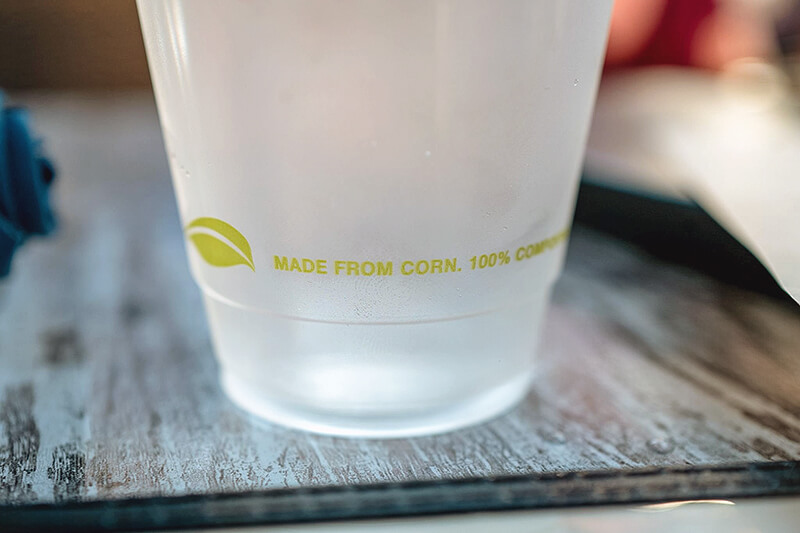
Students examine the growth, composition, history, and uses of corn through a close reading activity, discussion of renewable and non-renewable resources, and hands-on exploration of bioplastics made from corn.

Students identify the variety of soybeans uses for human consumption, livestock feed, and industrial products, explain how key historical events affected soybean production in the United States, and create a bioplastic made from soybeans.
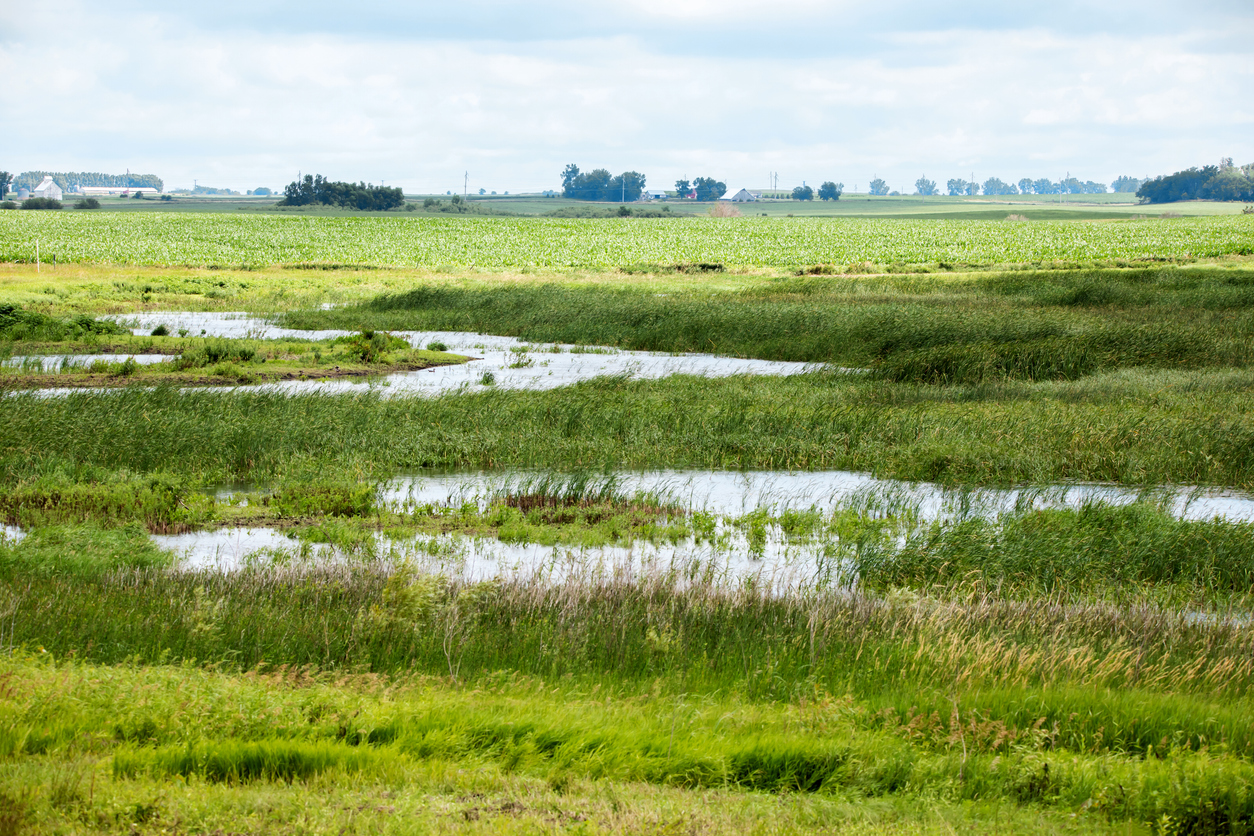
Students develop an understanding of what factors impact water quality within watersheds, what soil types/profiles are most susceptible to erosion, and what factors impact water quality within watersheds and how to mitigate erosion on susceptible soils.
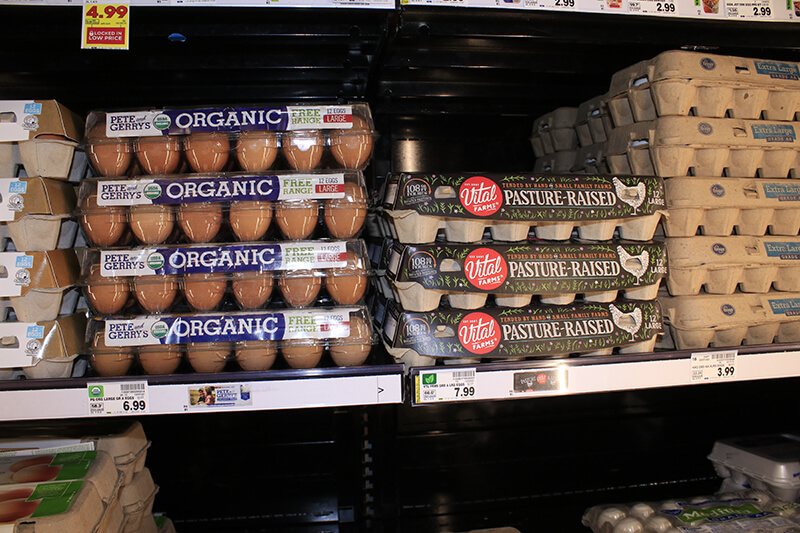
Students will apply a basic understanding of the laws of supply and demand, learn about different types of egg laying farms, and recognize the impact labeling has on consumer choices.
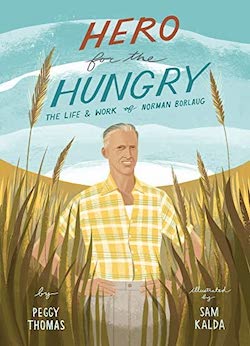
Can a quiet Iowa farm boy grow up to change the world? Norman Ernest Borlaug did. Hero for the Hungry is a moving and informative biography of the 20th-century American agriculture scientist whose innovations in crop varieties founded the Green Revolution and fed hundreds of millions of people around the world.
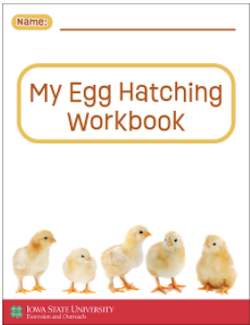
Classroom Hatching is an egg incubation program for youth in Kindergarten through third grade. This program aims to explore the life cycle of poultry and learn about the needs of living things by incubating and hatching chicken eggs. The activities included in the program will help youth understand where food comes from, develop healthy choices, and promote the responsibility of caring for living things. Order a print book or download a free PDF.
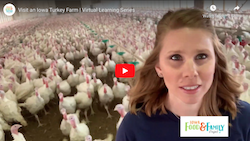
In this virtual farm tour, go inside a modern brooder barn to see two-week-old turkey poults and a grow out barn with 10-week-old turkeys. Learn how farmers use technology every day to regulate barn temperature, air flow, feed and water use, and monitor turkey health.
Let us know if you have an idea you'd like to share for a new lesson plan or companion resource.
Download a CSV spreadsheet containing the vocabulary words used in the Curriculum Matrix.